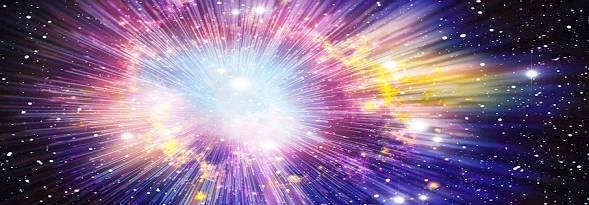Stephen Hawking [*] explains what happened before the Big Bang.

Stephen Hawking has recently been on the popular science program StarTalk, hosted by Neil deGrasse Tyson himself. During the program, the question arose for a British physicist struggling with the monstrous disease: What was before the Big Bang? Hawking replied firmly that there was nothing.
"You can look at real and imagined time, starting at the South Pole, which is a smooth point of space-time and in which they stick to the normal laws of physics. There is nothing south of the South Pole, so there was nothing before the Big Bang" - explains Hawking.
The answer seems banal, but it can be understood in two ways. So that we can embrace something with our mind, we must have an idea about it that arises from information. The problem is that we will never be able to get information about the period before the Big Bang, because everything we see and what we are in was created after this event. Time, in our understanding, did not exist then, it was just distorted in another dimension.
With time shifting back to the Big Bang, time becomes smoother, the space shrinks, and the matter thickens. And before we reach the zero point, a moment from before 13.8 billion years, time changes its essence, becoming similar to the spatial dimension, until the imaginary time. That is why Hawking described the moment before the Big Bang as "nothing".
"Time has always been present, but in a different form." The boundary condition of the universe is that it has no boundary. In ordinal terms, Euclidean space-time is an endless surface, just like the Earth's surface, "Hawking added.
Currently, in this way, one of the greatest scientists of the twentieth and twenty-first century, Stephen Hawking, explains the essence of the rise and development of the Universe. Perhaps the future and the passing of time will radically change our knowledge on this subject. In the meantime, take a look at one of the most beautiful and most timelapse films showing events from the Big Bang to the creation of the Earth and man.
Fot. NASA